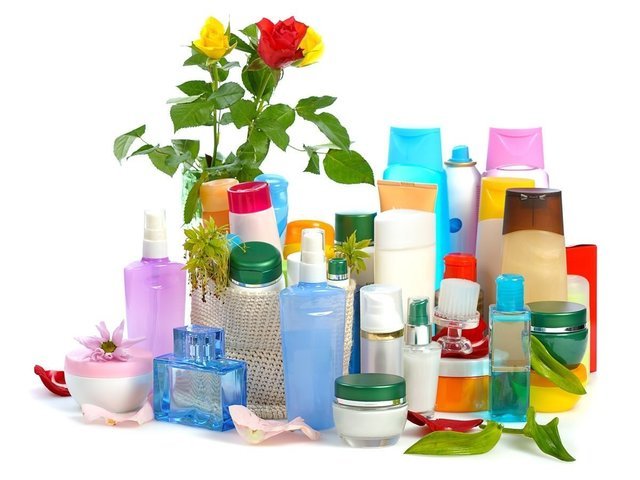Why are There More Endocrine Disrupting Chemicals in Some Adolescent Girls?
Adolescent girls who use more personal care products have been found to have more endocrine disrupting chemicals in their urine.
Many personal care products, including makeup, soaps, and sunscreen, may expose adolescent girls to potential endocrine disruptors, including phthalates, parabens, and other phenols, as reported in a study published January 9, 2019. Phthalates and parabens are groups of chemicals commonly used in personal care products. There is strong evidence to suggest that prolonged exposure to these chemicals can cause reproductive issues and diseases in our children.
Researchers tracked the urinary metabolites of phthalates, parabens, triclosan, and benzophenone-3 (BP-3) in 100 Latina adolescents. The below personal care products had concerning results.
Makeup
Girls who reported using makeup everyday had higher urinary concentrations of:
- monoethyl phthalate (MEP) — 102.2 ng/mL vs. 52.4 ng/mL, P-value: 0.04
- methyl paraben (MP) — 120.5 ng/mL vs. 13.4 ng/mL, P-value < 0.01
- propyl paraben (PP) — 60.4 ng/mL vs. 2.9 ng/mL, P-value < 0.01
Girls who reported having recently used specific makeup products, including foundation, blush, and mascara, had higher urinary concentrations of MEP, mono-n-butyl phthalate (MBP), MP, and PP.
Parabens are a group of chemicals that are often used as preservatives in personal care products. Parabens have been shown to easily penetrate the skin when applied in lotions and soaps. The European Commission on Endocrine Disruption has listed parabens as Category 1 priority substances, based on evidence that they interfere with hormone function, as they can mimic estrogen, the primary female sex hormone. They have been detected in human breast cancer tissues and can also interfere with male reproductive functions.
Toothpaste
Girls who used Colgate Total toothpaste had an average 86.7% higher urinary concentration of triclosan, a chemical recently banned in antibacterial soap.
Sunscreen
Those who reported using sunscreen had 57.8% higher urinary concentrations of Benzophenone-3 (BP-3). BP-3 has been shown to cause some hormonal activity in laboratory animals. Source:
https://www.cdc.gov/biomonitoring/Benzophenone-3_FactSheet.html
Conclusion
These results show the relationship between recent self-reported personal care product use and concentrations of certain phthalates, parabens, and other phenols in urine. The report concludes that this may be most prevalent in adolescent girls who commonly have high use of personal care products during a period of important reproductive development.
Source: https://www.nature.com/articles/s41370-017-0003-z
Exposure to endocrine disrupting chemicals during this crucial time of life can be especially concerning for the development of future breast cancer risk. See our blog on preventing breast cancer in prepubescent girls here: Lowering Future Breast Cancer Risk in Prepubescent Girls


